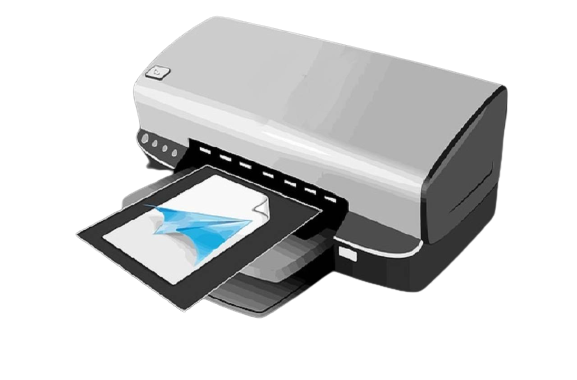The Rise of Microinteractions in Ecommerce: Captivating Customers with Tiny Details

In the fiercely competitive world of ecommerce, every detail counts. Businesses are constantly seeking new ways to engage customers, improve conversion rates, and build brand loyalty. Enter microinteractions – subtle yet powerful web design elements that can significantly impact the user experience.
What are Microinteractions?
Microinteractions are brief, transitional animations or feedback mechanisms that occur in response to user actions. They are like tiny conversations between the user and the interface, providing confirmation, guidance, and delight.
Examples of Microinteractions in Ecommerce
- Add to cart animations: A subtle product bounce or shopping cart filling up visually reinforces adding an item to the cart.
- Form validation: Real-time feedback highlights missing fields or invalid entries, guiding users towards a smooth checkout process.
- Progress bars: Visually represent the loading time or completion of a task, keeping users informed and engaged.
- Interactive tooltips: Offer helpful information or instructions on hover, without overwhelming the user interface.
- Custom cursor effects: Change cursor appearance to indicate interactivity or provide contextual hints.
The Power of Microinteractions
Microinteractions, when implemented effectively, can:
- Enhance user experience: By providing clear feedback and guidance, microinteractions make navigating the ecommerce platform intuitive and enjoyable.
- Boost conversions: Seamless user journeys with well-timed microinteractions can nudge users towards completing a purchase.
- Build brand trust: Microinteractions that showcase attention to detail and user-centricity foster trust and credibility in the brand.
- Increase brand recall: Memorable microinteractions can leave a positive lasting impression on customers.
Crafting Effective Microinteractions
- Focus on clarity: The primary function of a microinteraction should be to provide clear and immediate feedback.
- Keep it subtle: Microinteractions should be unobtrusive, enhancing the user experience without overwhelming it.
- Match brand identity: The design and style of microinteractions should align with the overall brand aesthetic.
- Prioritize mobile: As mobile commerce continues to flourish, ensure microinteractions function flawlessly on smaller screens.
By embracing the power of microinteractions, ecommerce businesses can craft a user experience that is not only functional but also captivating. These tiny details can make a world of difference in the competitive landscape of online retail.

 A Detailed Look at the Features of the LEGO Technic Mars Crew Exploration Rover
A Detailed Look at the Features of the LEGO Technic Mars Crew Exploration Rover  How to Get Email Addresses from LinkedIn with Aeroleads
How to Get Email Addresses from LinkedIn with Aeroleads  How to Find a Phone Number Using an Address with Aeroleads
How to Find a Phone Number Using an Address with Aeroleads  How to Connect HP DeskJet 2700 to Wi-Fi: A Comprehensive Guide
How to Connect HP DeskJet 2700 to Wi-Fi: A Comprehensive Guide  The Rise of Ludo and Teen Patti Game Development Companies
The Rise of Ludo and Teen Patti Game Development Companies  Building Your Community with Event Matchmaking Platform
Building Your Community with Event Matchmaking Platform  Exploring London’s Best Butcher Shops
Exploring London’s Best Butcher Shops  Enhance Your Shop Appeal with Sydney’s Best Carpentry Services
Enhance Your Shop Appeal with Sydney’s Best Carpentry Services